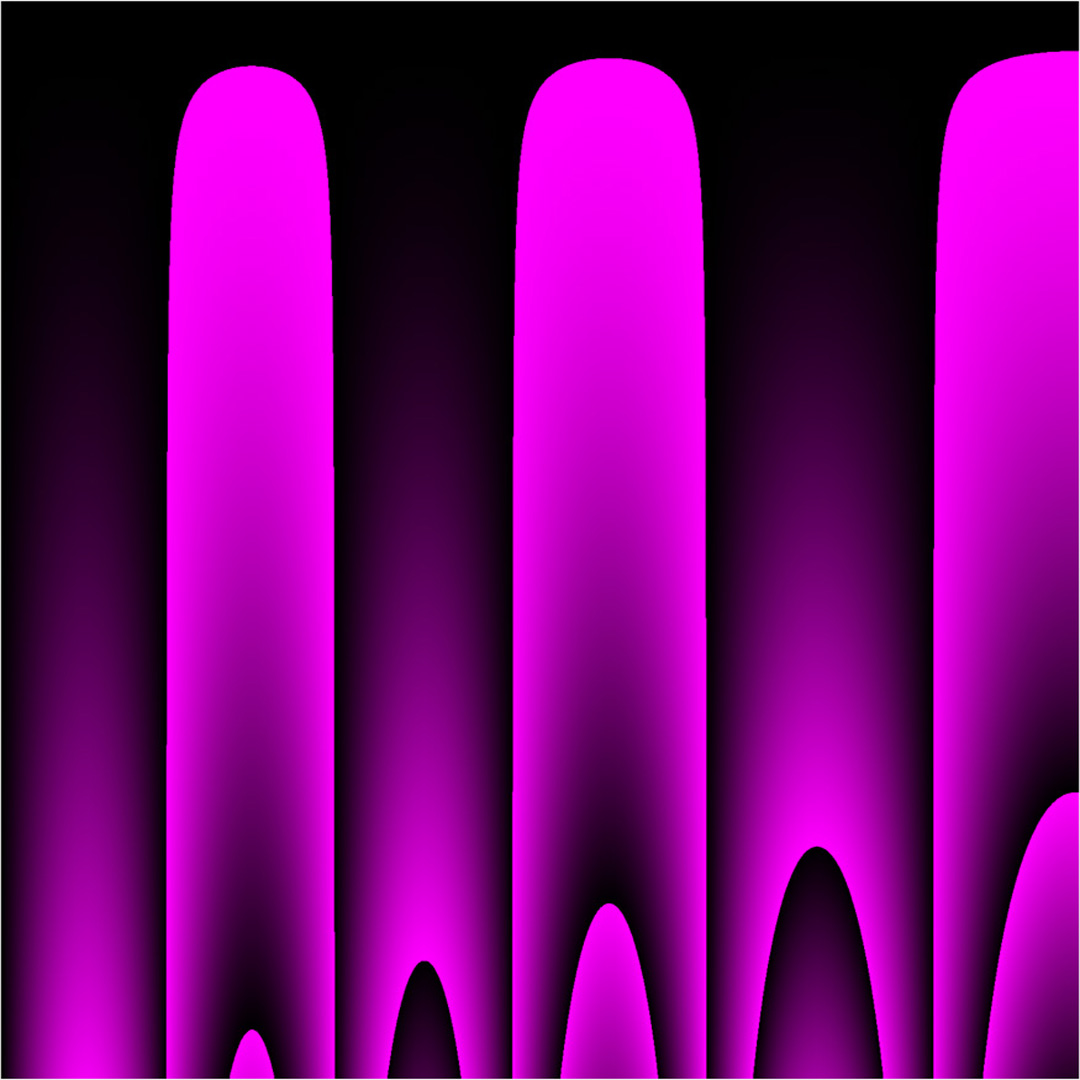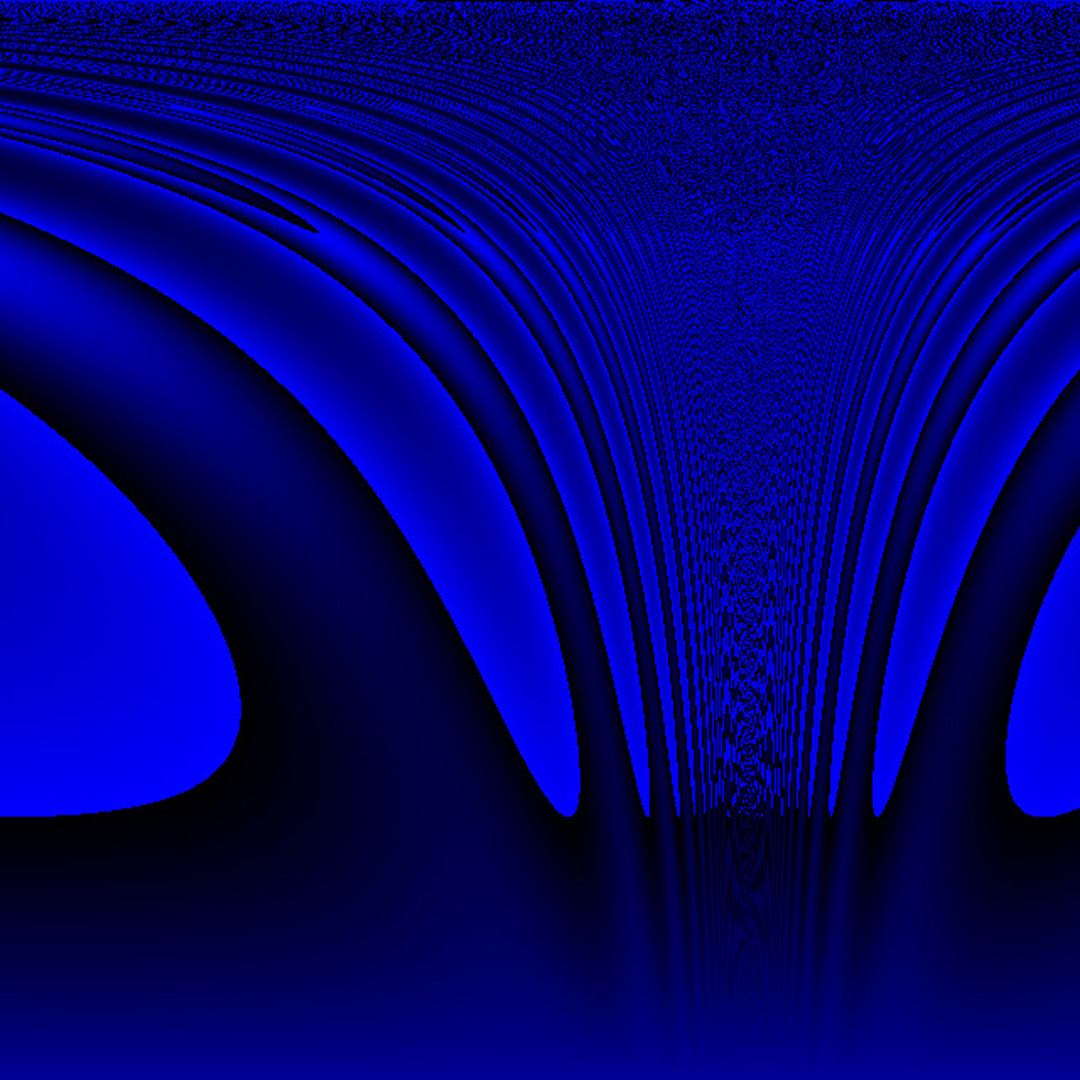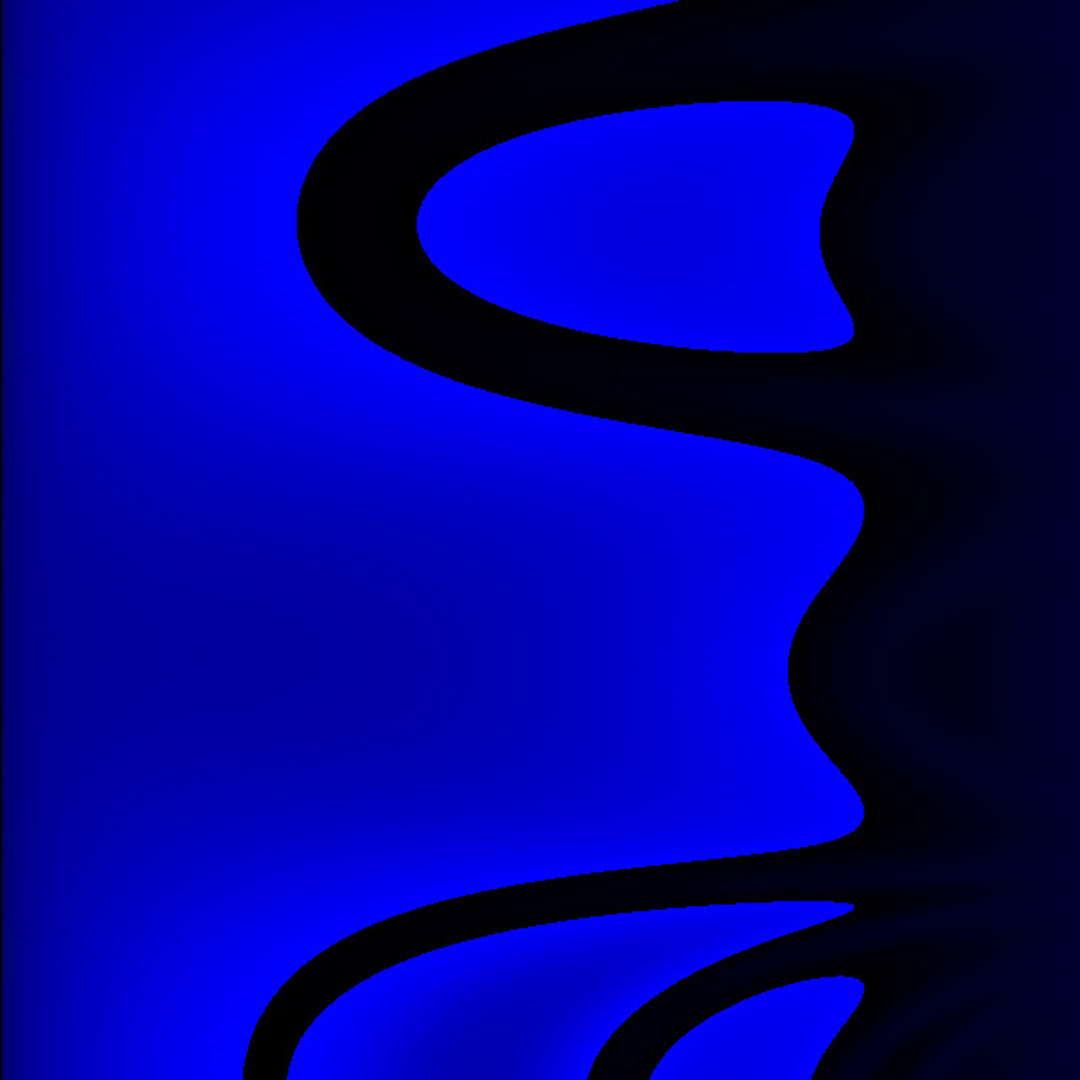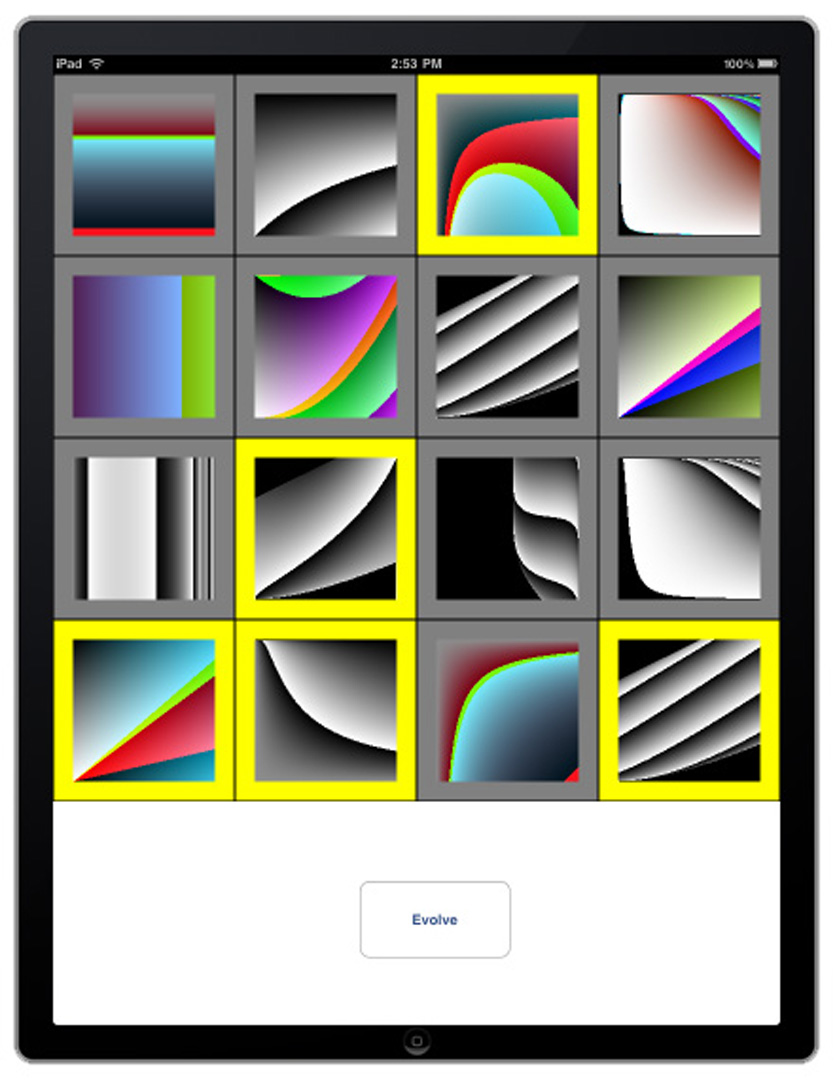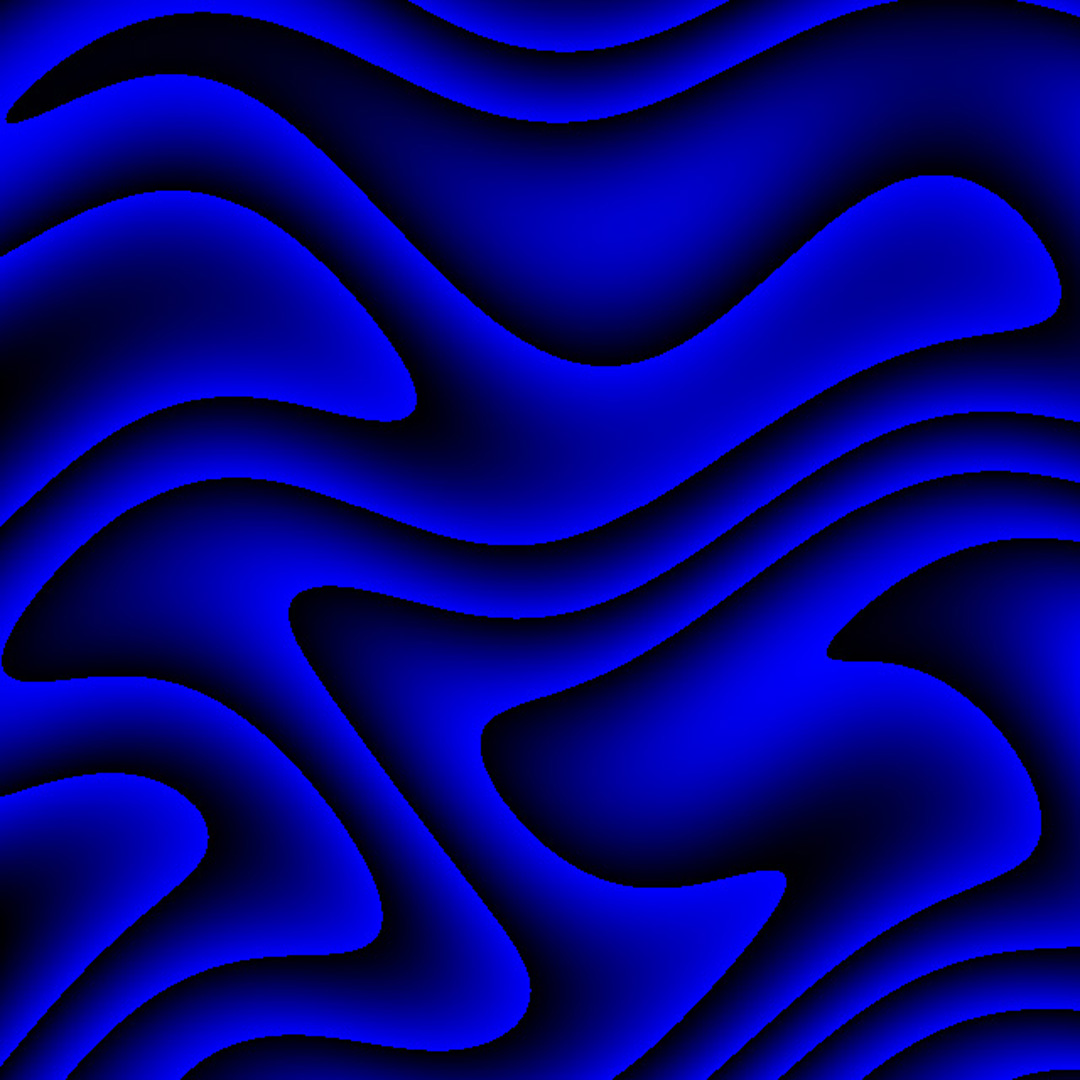“Artwork evolution” by Solt
Conference:
Type:
Entry Number: 20
Title:
- Artwork evolution
Presenter(s)/Author(s):
Abstract:
Creating digital artwork requires a lot of time, talent, and effort from artists and programmers. It takes artists hours to design pleasing artwork and programmers even more time as they develop and debug complex graphics shaders. One way to aid in the creation of complex art is to use evolutionary computing called genetic programming. Genetic programming can be used to create mathematical expressions that can be rendered as an image. The image can be used as a texture in a 3D scene or as a starting point for additional artwork.
References:
Ebert, D. S., Musgrave, F. K., Peachey, D., Perlin, K., and Worley, S. 2003. Texturing and Modeling: A Procedural Approach, third ed. Morgan Kaufmann Publishers Inc., San Francisco, CA, USA, ch. 19, 20, 546–615.Google Scholar
Sims, K. 1991. Artificial evolution for computer graphics. In SIGGRAPH ’91: Proceedings of the 18th annual conference on Computer graphics and interactive techniques, ACM, New York, NY, USA, 319–328. Google ScholarDigital Library
Additional Images:
